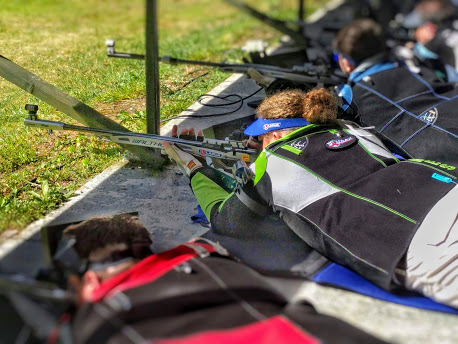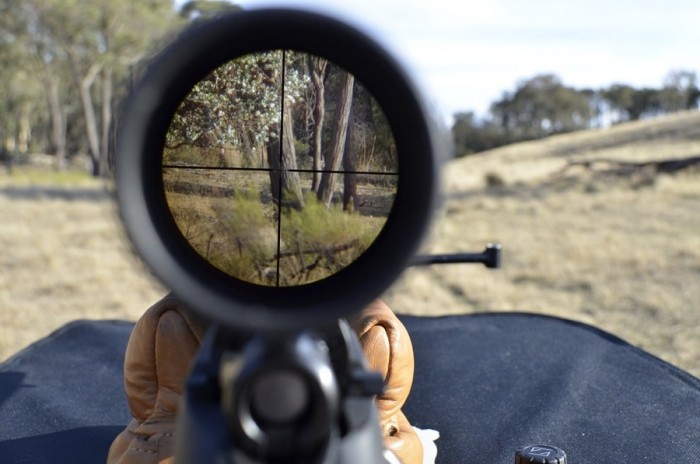Pellpax is a company led by a strong ethos of giving something back to the community. Over the last few years, Pellpax has given financial support to shooting clubs, charitable organisations, and talented individuals who are striving for excellence in their chosen discipline. This is just one way in which Pellpax is helping to nurture the future of British shooting sports.
Today, we’re delighted to welcome Jett Pease to our sponsorship family. Jett, who lives with his wife and two daughters in Newton Aycliffe, County Durham, is an enthusiastic and experienced airsoft player, and will be reviewing many of the airsoft products featured on the Pellpax website. So, before we find out how some of the best airsoft guns on the market fare in Jett’s capable hands, let’s get to know a bit about the man himself.
Jett grew up in Southend-on-Sea, Essex, and this is where he was introduced to the game of airsoft. Jett’s first skirmishes, however, didn’t take place in woodland or wasteland or deserted buildings … they were played out in the family home!
Robert Pease and his three sons, Alan, Jett, and Sean, would regularly enjoy skirmishes around the house, dressed in combat gear, and toting imitation firearms. But as the boys grew, they needed their sport to be more elaborate, with wider spaces, more people, better opportunity to plan and execute complex missions. And so the Pease family joined Hockley Airsoft Arena.
Hockley Airsoft Arena also has an indoor range, and this is where Jett’s younger brother, Sean, enjoys shooting.
“Sean has a learning disability,” Jett explained, “and he’s uncomfortable around unfamiliar people. Sean likes to shoot at the range, where there’s no pressure on him to communicate with strangers.”
In recent times, Jett’s older brother, Alan, hasn’t had a lot of opportunity for airsoft.
“Our mum has a physical disability, and Alan’s her primary carer. He’s still really into the sport, though. He particularly enjoys playing Action RPGs, and also games like Tom Clancy’s The Division 2.”
A family affair
United by their love of airsoft and by strong family ties, Jett, Robert, Alan, and Sean are proud to be the only members of their own airsoft team, Ragna Elites, which is represented, in the main, by Jett.
“When I play airsoft games, I play with integrity and professionalism all the time. It’s a game, yeah, but it’s competitive, and I play like I’m in a real firefight with the enemy.”
Jett looks on airsoft more as a sport than just a fun pastime. Focused on improving his skills and widening his experience, Jett has set his sights on specialised training at the ESA (European Security Academy) in Książ Wielkopolski, a town in Śrem County, Poland.
Jett described the type of training he’d be doing at the ESA.
“I’d like to do the Combined Firearms course, which covers topics like ‘fundamentals of shooting’, ‘weapon maintenance’, and ‘firearms design and mechanics’. You also get taught skills such as ‘speed emergency re-load’, ‘tactical shooting principles’, ‘safety rules’, and ‘shooting with use of cover’.”
Another course that Jett hopes to do at the ESA is Close Quarter Battle, designed for the more experienced shooter. And then there’s Tactical Combat Casualty Care:
“This course teaches you to deal with casualties in an environment where professional emergency care is scarce, and medical equipment is limited.”
Airsoft Weapons of Choice
Although Jett still enjoys the occasional game of airsoft at Hockley, his local game site is now Dirty Dog Airsoft at Shildon, County Durham. His weapons are mainly Colt firearms (such as the KWC 1911 CO2) and Glock sidearms (for example, the KWC G17C CO2) as backups.
Jett is also a gold member of UKAPU (UK Airsoft Players Union), the not-for-profit, voluntary association for airsoft players who want to protect the future of airsoft.
The UKAPU website says, “By becoming part of this united and official organisation, players can engage in discussion with the government, the press, and others, when airsoft skirmishing comes under threat.”
In the months to come, we’ll be following the progress of Jett Pease as he moves on in the world of airsoft, and Jett will be testing and reviewing some of the airsoft equipment that we sell, here at Pellpax.
You can check out our range of products for skirmishers and airsoft teams in our Airsoft section. If you’d like to know more, feel free to contact us via Chat, email us on [email protected], or just give us a call on 01263 731 585 to speak to one of our experts.

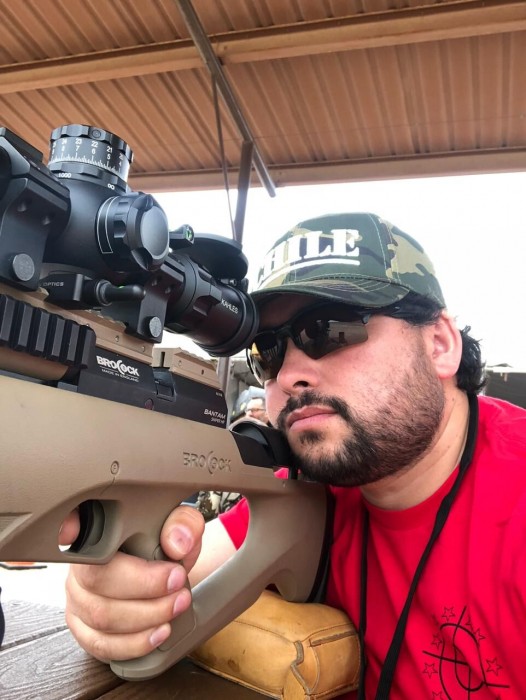


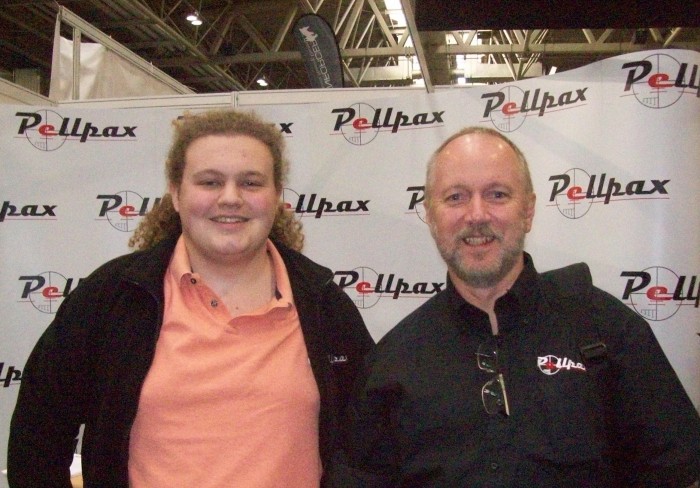


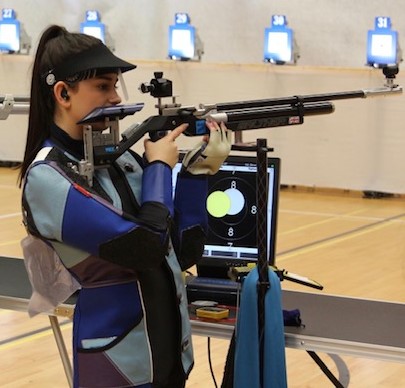




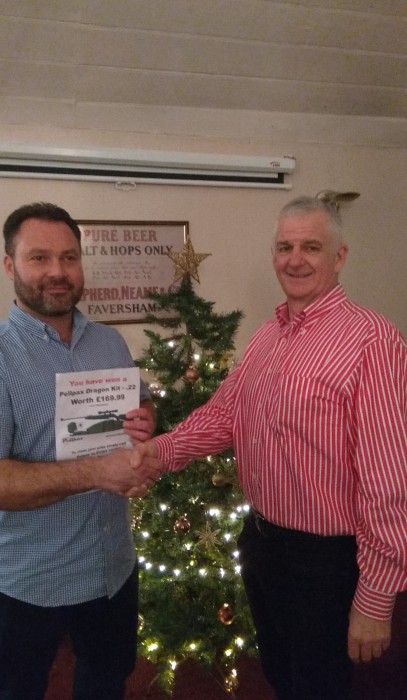
 Reeds Target Shooting Club was established more than 100 years ago as part of an in-house sports and social club at Aylesford Paper Mills, which was owned by the philanthropic newsprint tycoon, Albert Reed. Aylesford Paper Mills grew into one of the largest paper-making plants in Europe, and its sports and social club thrived. In the 1990s, however, Reeds International (as the company had become) pulled out of paper manufacture and sold the Aylesford site, leaving Reeds Target Shooting Club without a home.
Reeds Target Shooting Club was established more than 100 years ago as part of an in-house sports and social club at Aylesford Paper Mills, which was owned by the philanthropic newsprint tycoon, Albert Reed. Aylesford Paper Mills grew into one of the largest paper-making plants in Europe, and its sports and social club thrived. In the 1990s, however, Reeds International (as the company had become) pulled out of paper manufacture and sold the Aylesford site, leaving Reeds Target Shooting Club without a home.
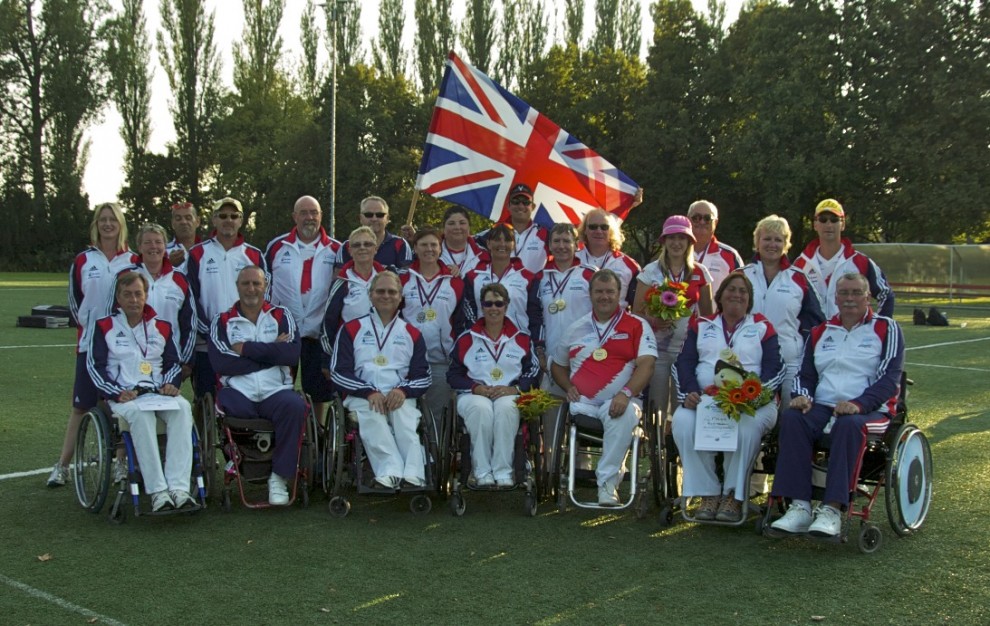
 In talking to the lovely Helen George, honorary life member of
In talking to the lovely Helen George, honorary life member of 


 Helen continues to work hard for the BWAA (
Helen continues to work hard for the BWAA (



